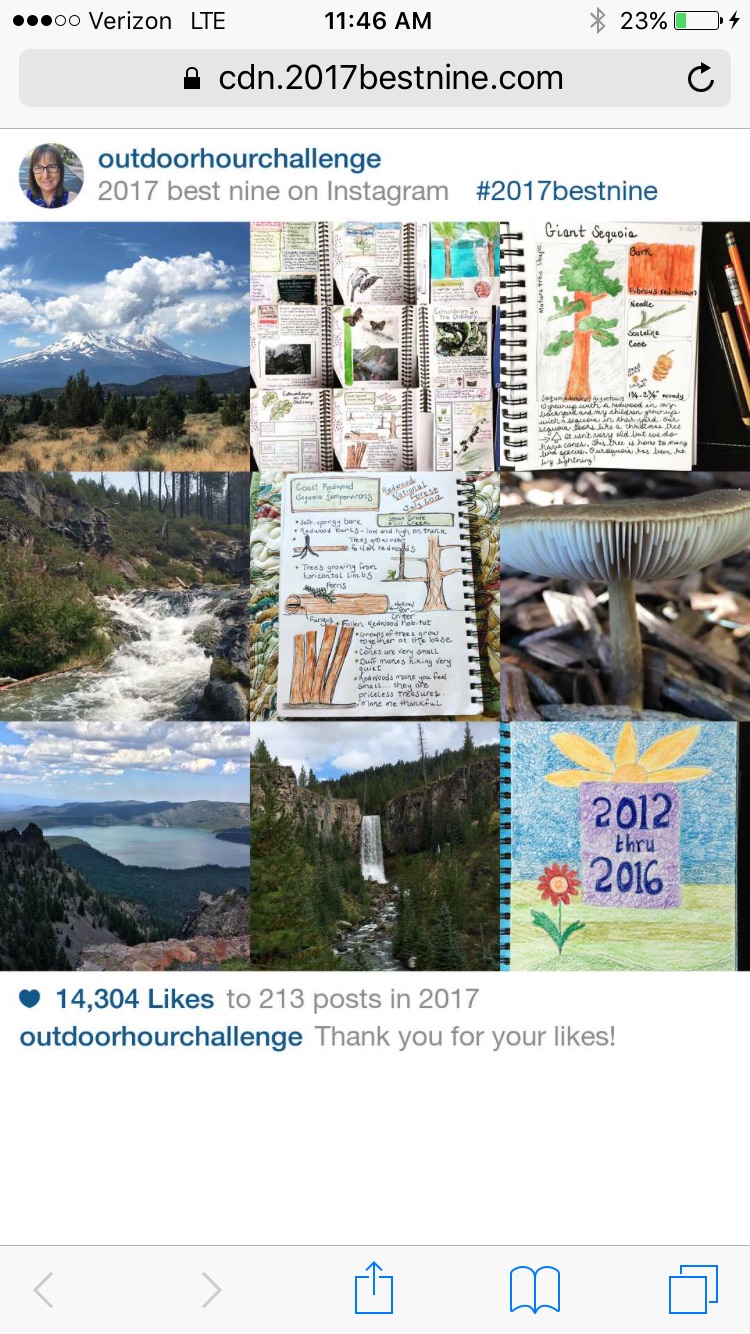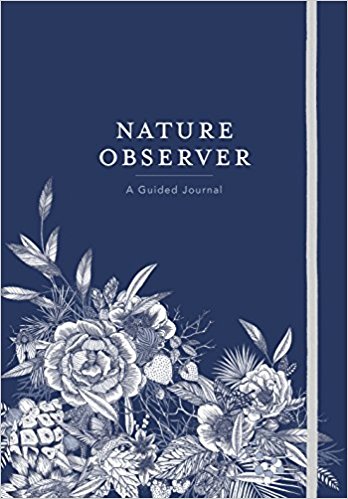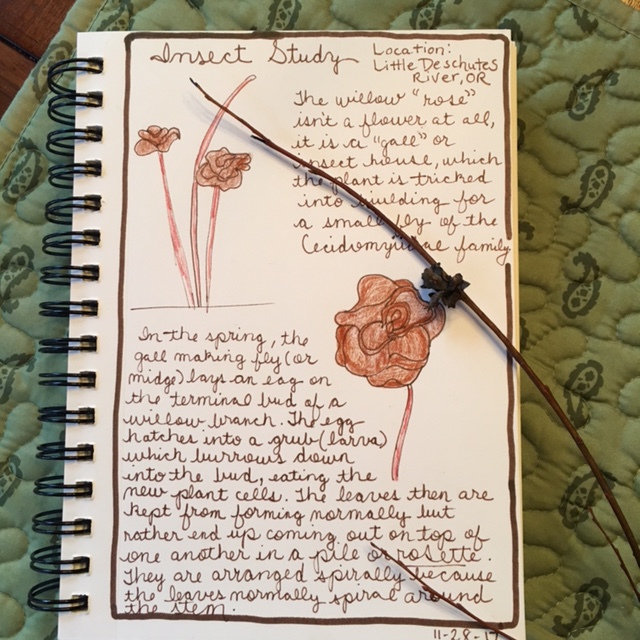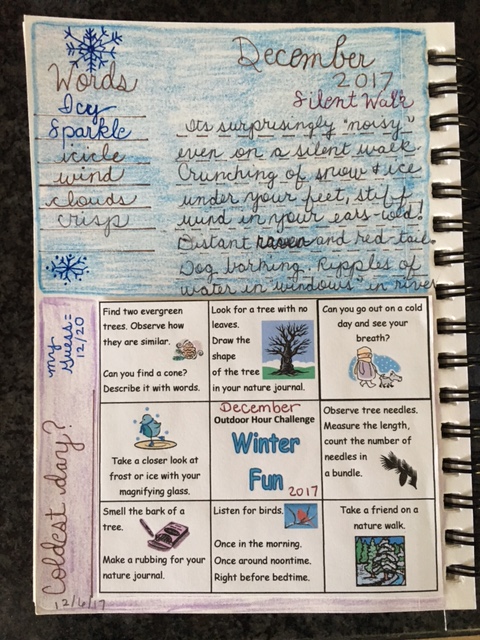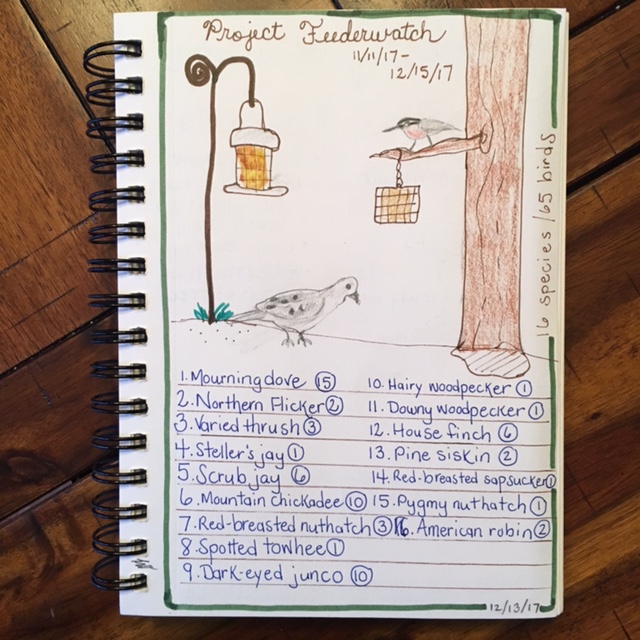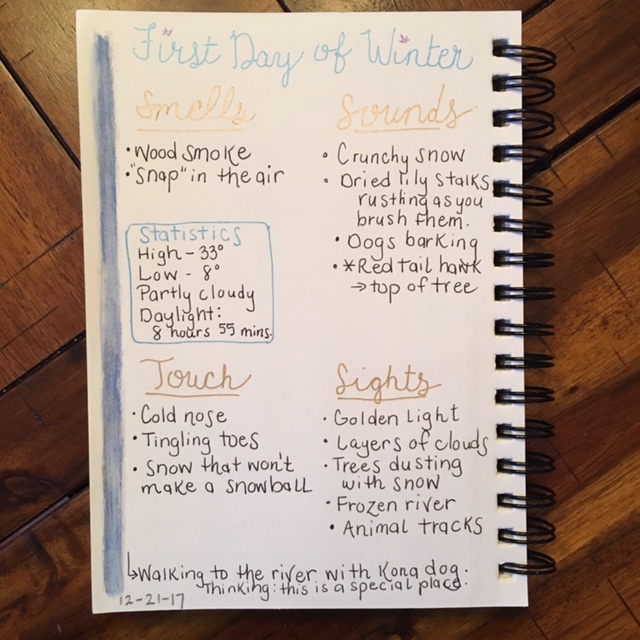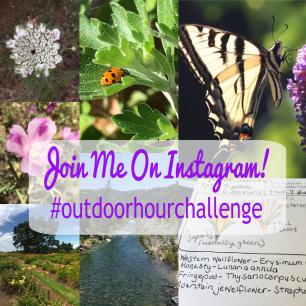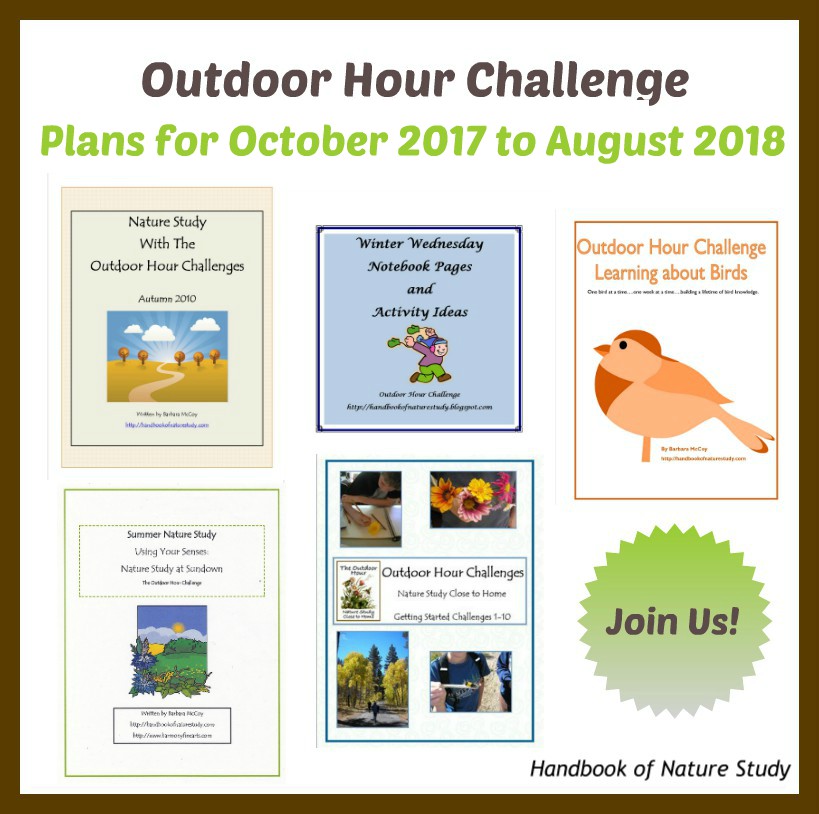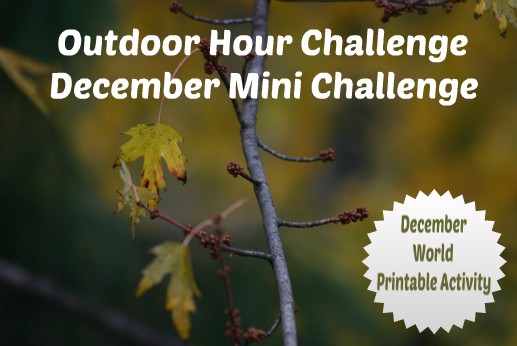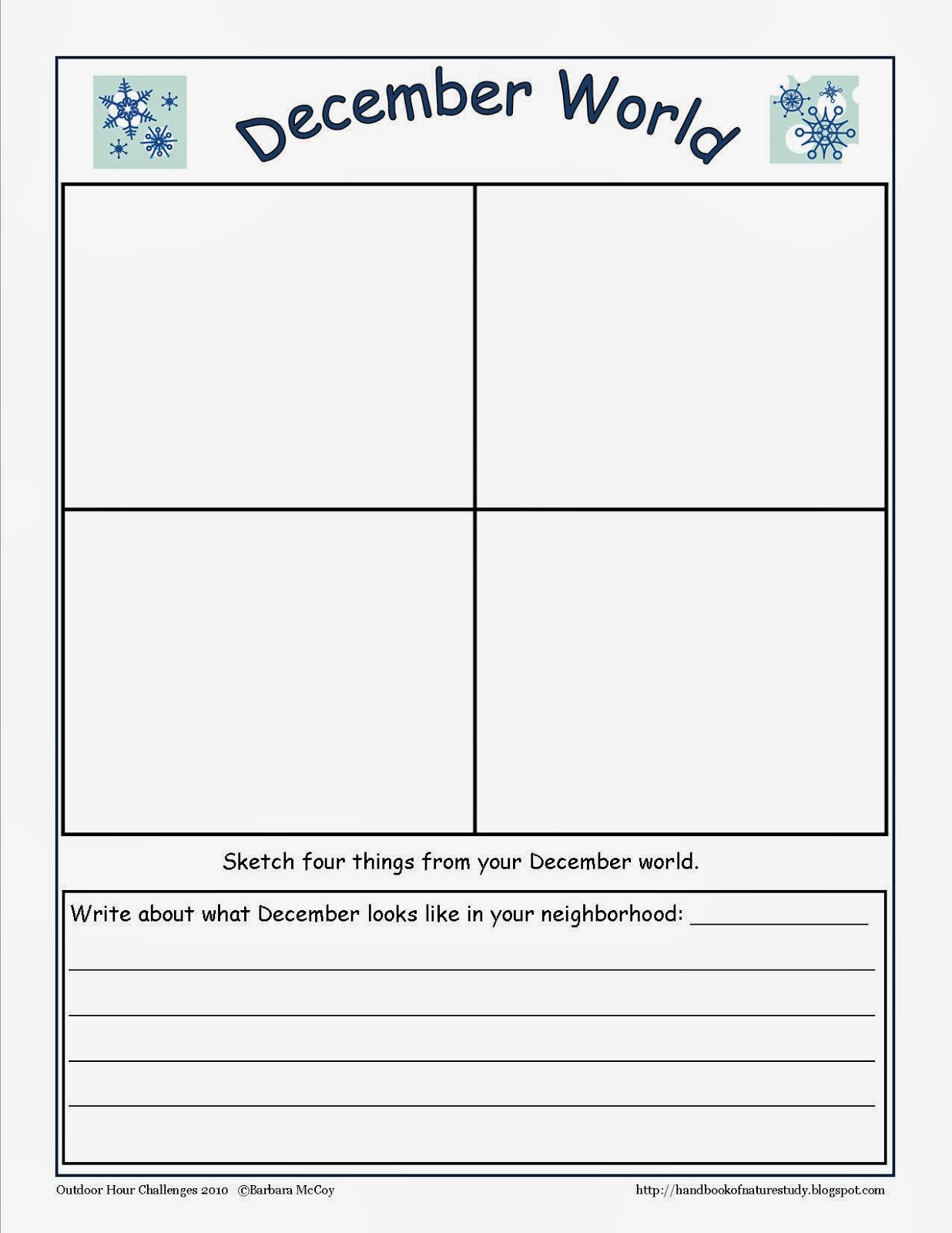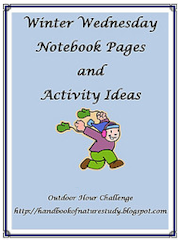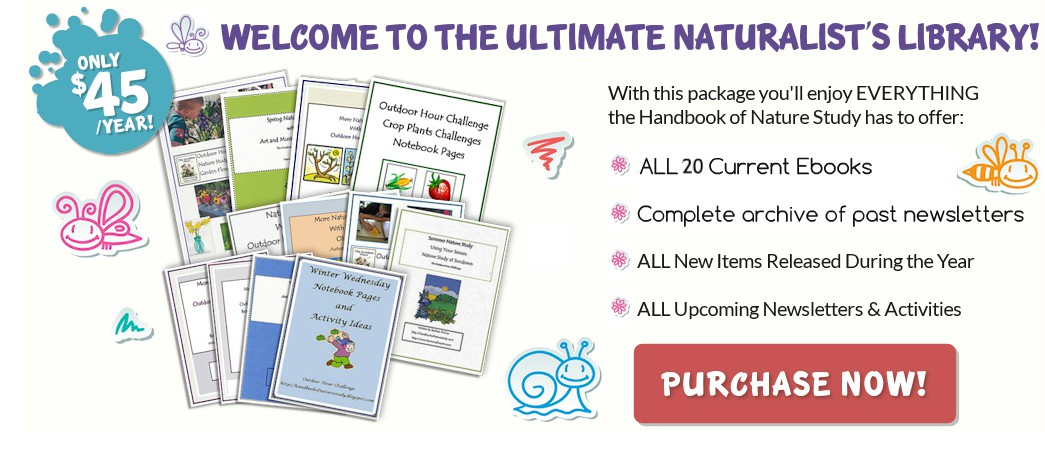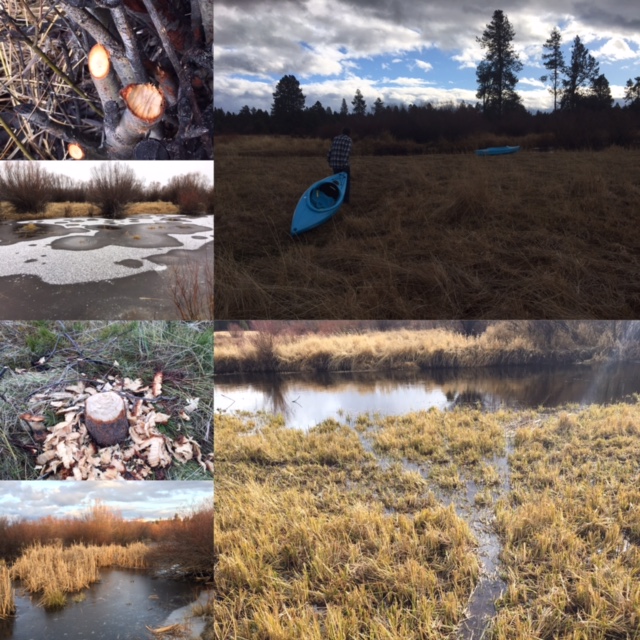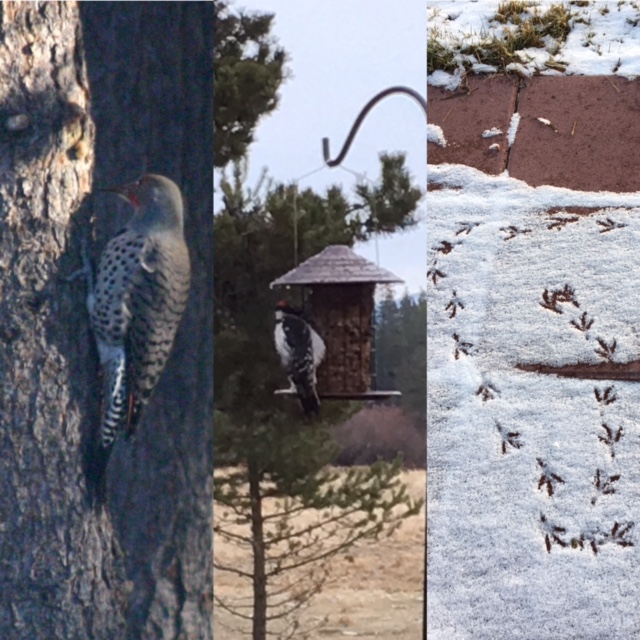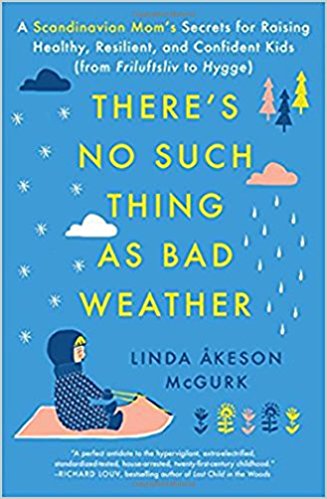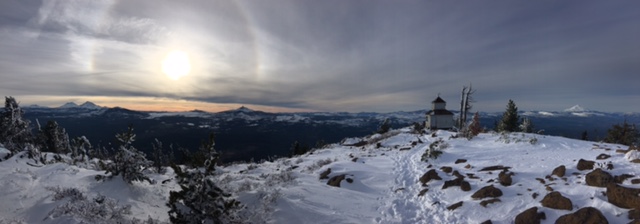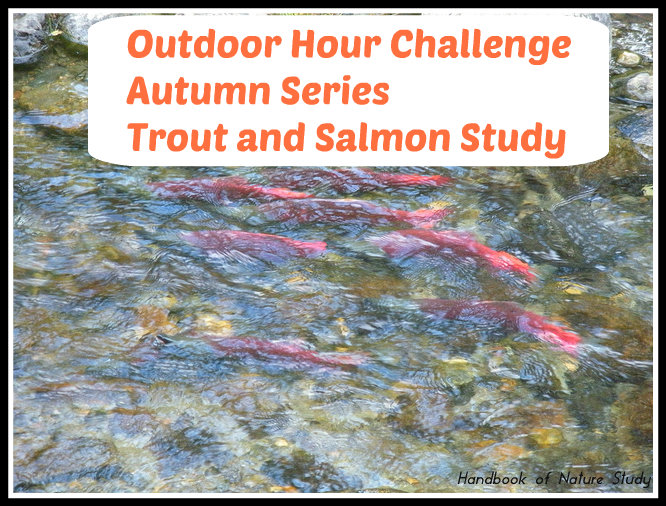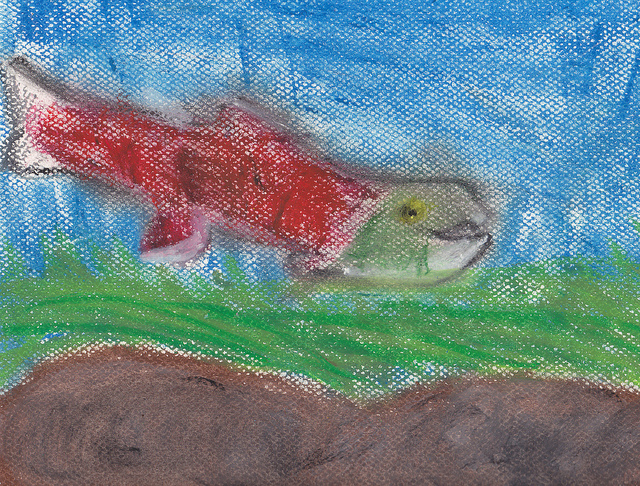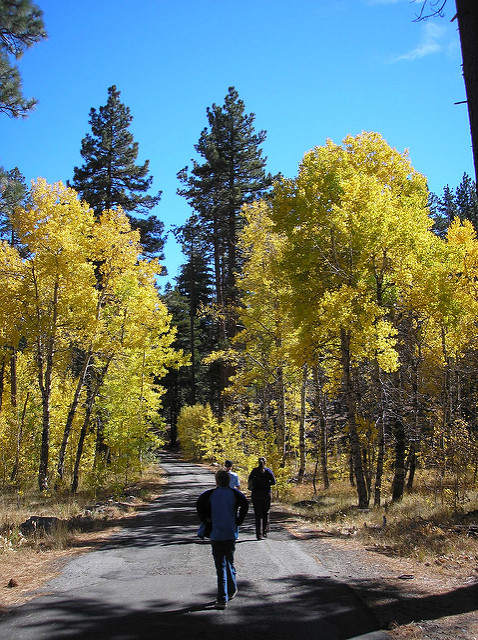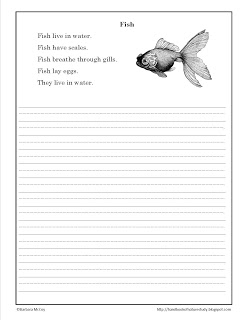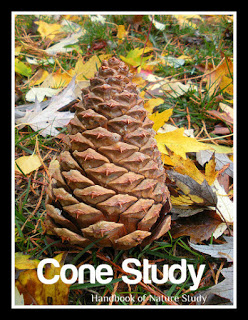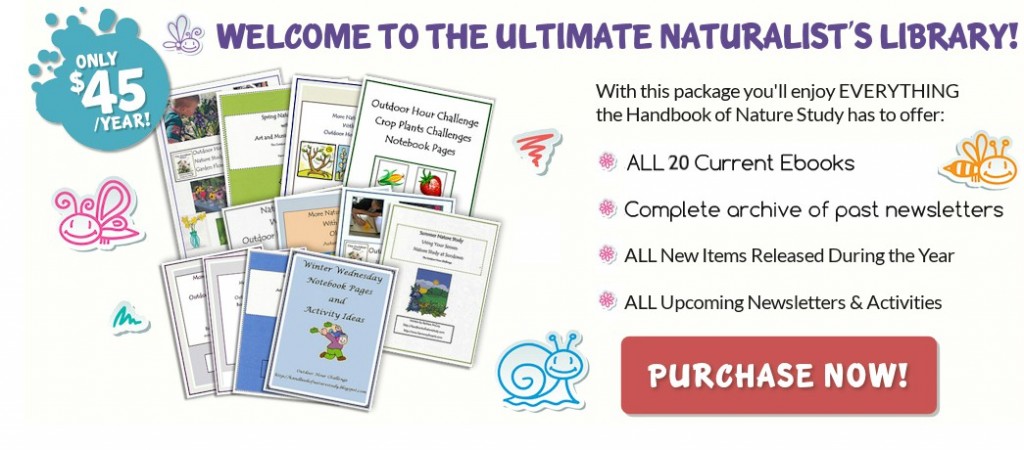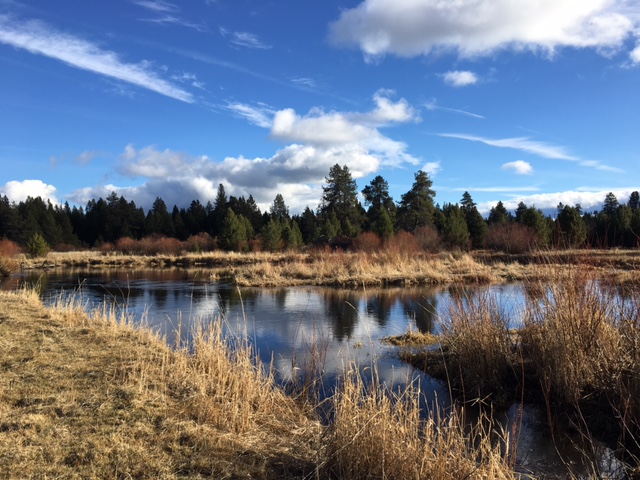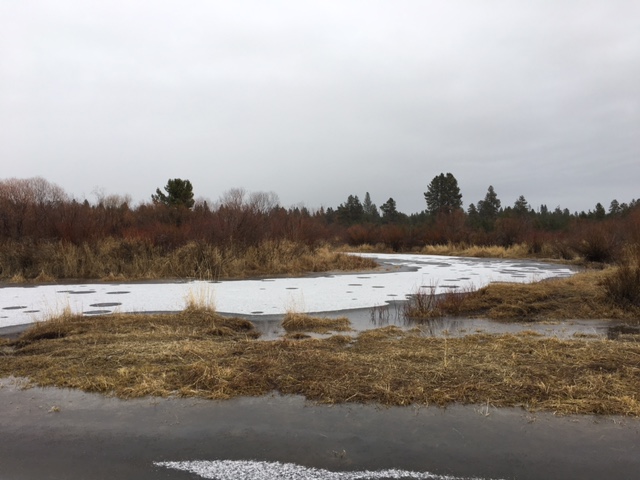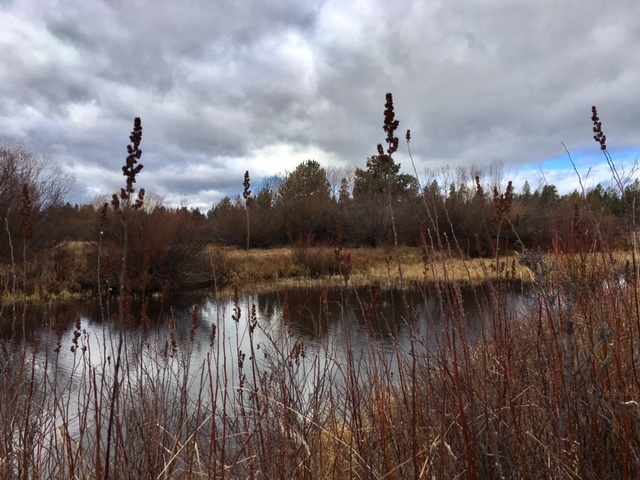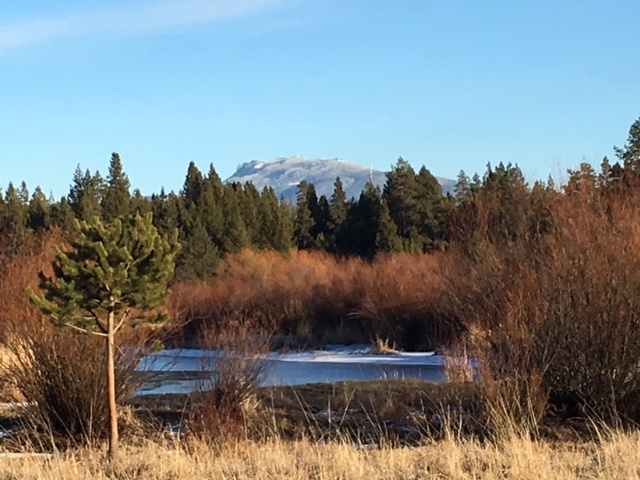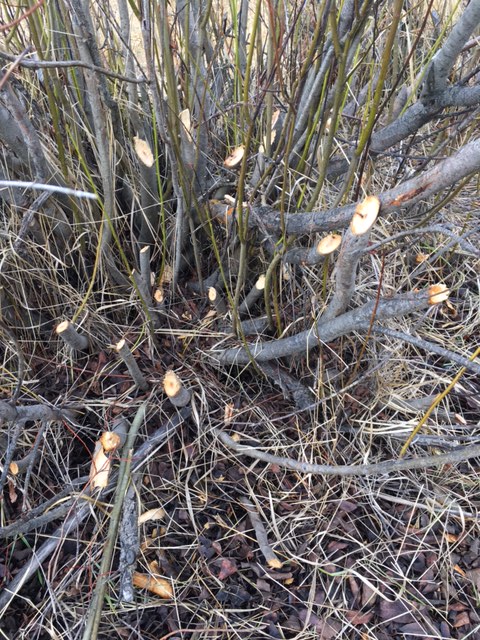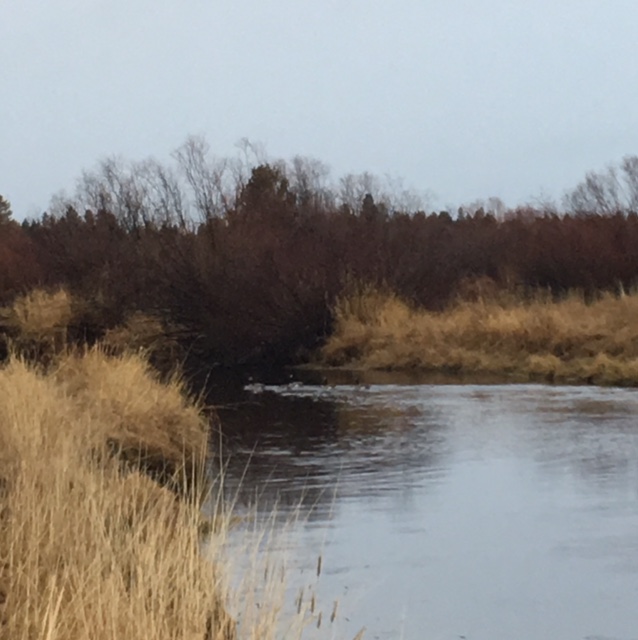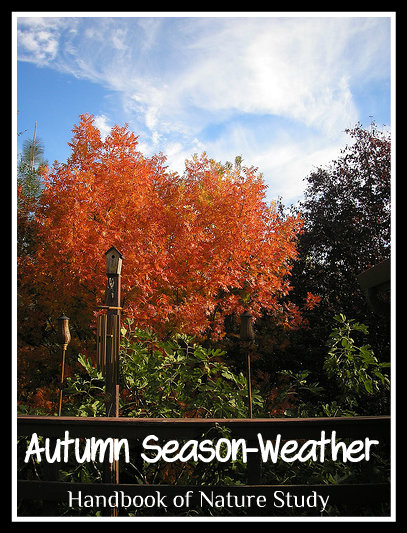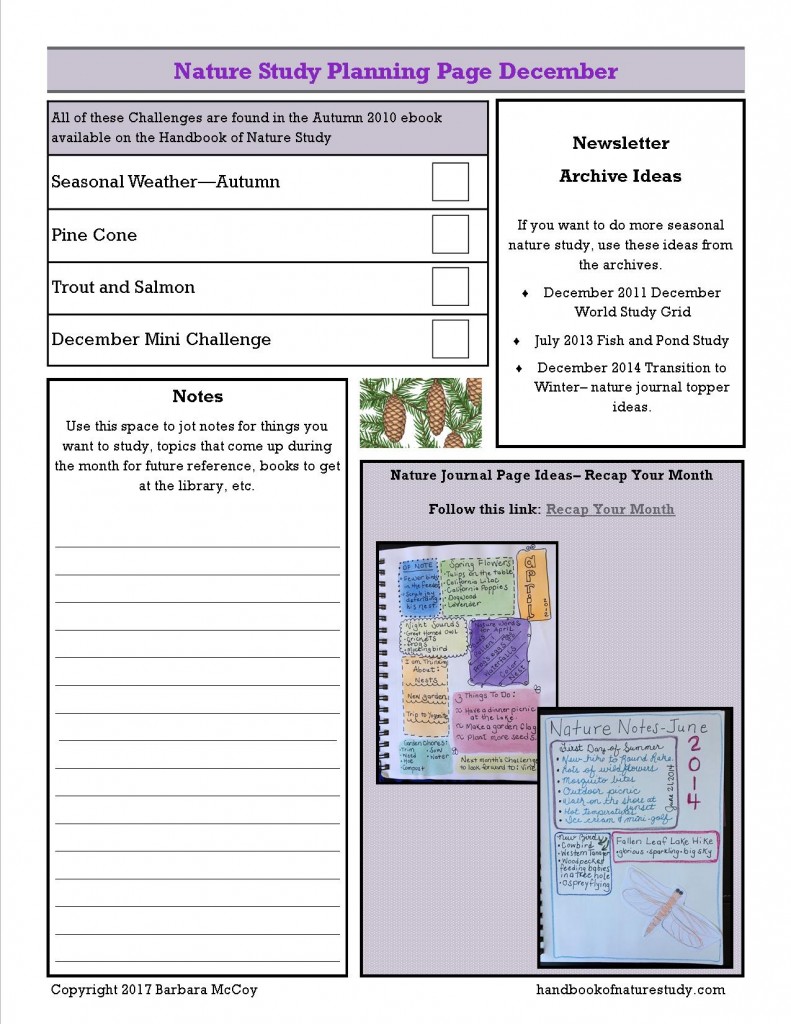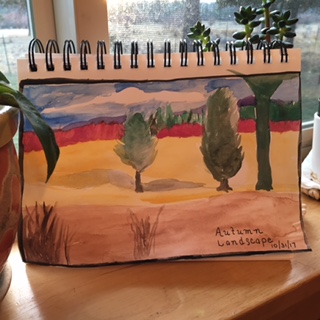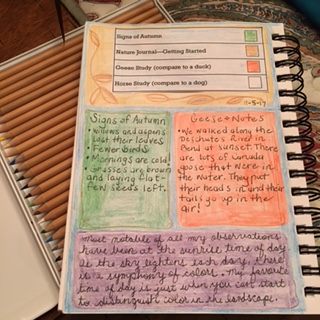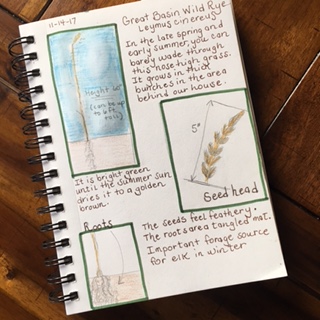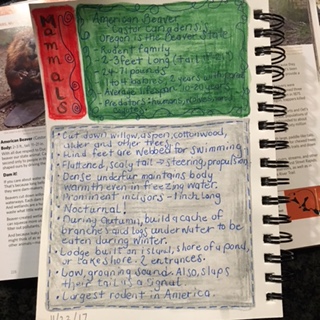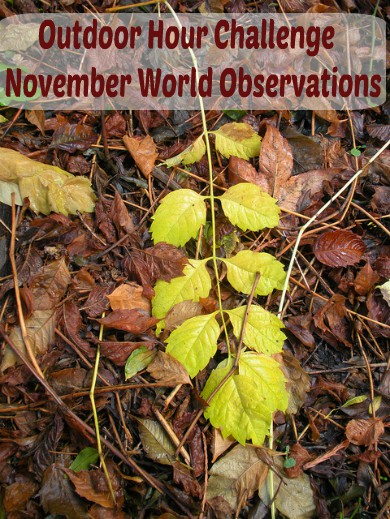Weekly Nature Journal Project
December 2017
Here we are at the end of the year! I’m so pleased that my nature journal is filled up with a year full of memories because of my challenge to myself in January to complete a page a week. I honestly didn’t think I could keep that goal because of my history of dropping the ball when it came to my personal nature journal. But, with determination and increasing awareness of how following up my outdoor week with a nature journal could bring such joy, I was able to stay motivated!
It also helped that sharing my pages on my Instagram account and then here on my blog kept me accountable. I knew that many of you were following my progress. If I slipped up and didn’t get a page done in time for my Wednesday morning Instagram post, I would pull out the art supplies and get busy so that I could post a page, maybe later than planned but always done by the end of the week.
Inspired by other’s posts on Instagram, I generated my “bestnine” image showing the top nine posts for 2017 on my Instagram account. Four of my top nine are of my nature journal which makes me happy. I am hoping to continue to inspire and encourage nature journaling into 2018. I have a new project that I’ll be working on, something a little less conventional and more structured.
Here’s my new nature journal inspiration, Nature Observer: A Guided Journal. I found this pre-made journal at the bookstore and immediately decided it was my project for 2018. I’ll be sharing more about it soon, along with a peek inside. You can look at it over at Amazon if you’re curious now.
Here are my December nature journal pages for your viewing pleasure…and inspiration.
This page was actually completed in November but not in time to include in last month’s post. We found something interesting growing on a willow during a walk along the river. Turns out it was an insect gall that looked like a tiny rose. Fascinating!
I used a Winter Fun study grid from a newsletter in my archives to give us some winter nature study inspiration. I’m still working on this one and will have it all filled in by the end of the month.
Project Feederwatch is a weekly activity that keeps me focused on the birds that come to visit my feeders. I wanted to create a page that kept track of all the species of birds we see and the number of birds that we see at one time as part of this activity. Over the coming years, these statistics will help me see patterns in the comings and goings of our Central Oregon bird friends.
Marking time by the season is a simple idea for a nature journal page. Taking time to notice the day with all your senses helps make more of an impression. Plus, I decided long ago that every page doesn’t have to have a sketch or be pretty. If I’m in the mood to record words and word pictures, then that’s what I do!
I hope that there are nature journal pages to be completed in your journal this month. Even if you just get one page in before the year ends, that’s one more memory saved for the future.
Don’t forget that I’m sharing a nature journal page each week on my Instagram account if you want to see the pages as they unfold. Follow me here: Instagram – outdoorhourchallenge. And, if you want to create a page and share it on your Instagram for me to see, use the hashtag #OHCnaturejournal
We’ll be starting on the Winter Wednesday series the first week in January. If you would like to follow along, make sure you have subscribed to my blog to receive the Outdoor Hour Challenges in your inbox each Friday. If you have an Ultimate Naturalist Library membership, you’ll find the Winter Wednesday ebook in your library. The ebook contains all of the custom notebooking pages for each challenge.

